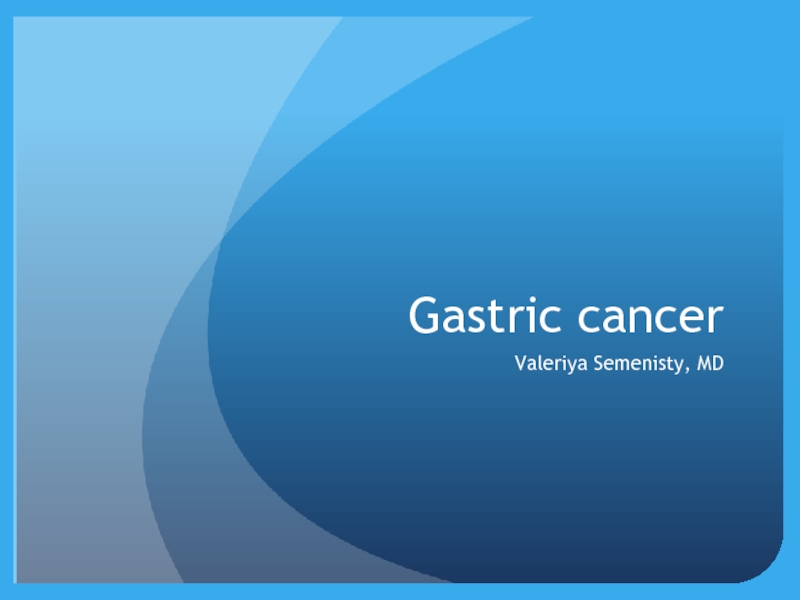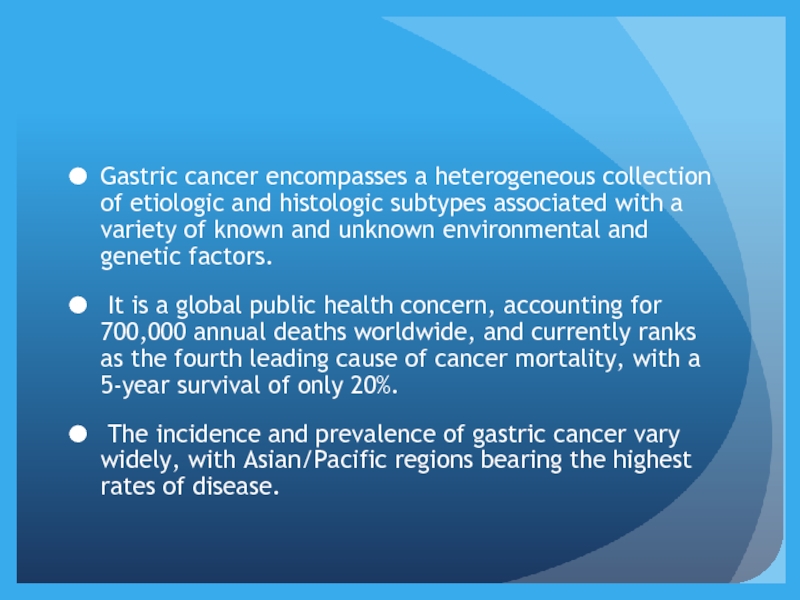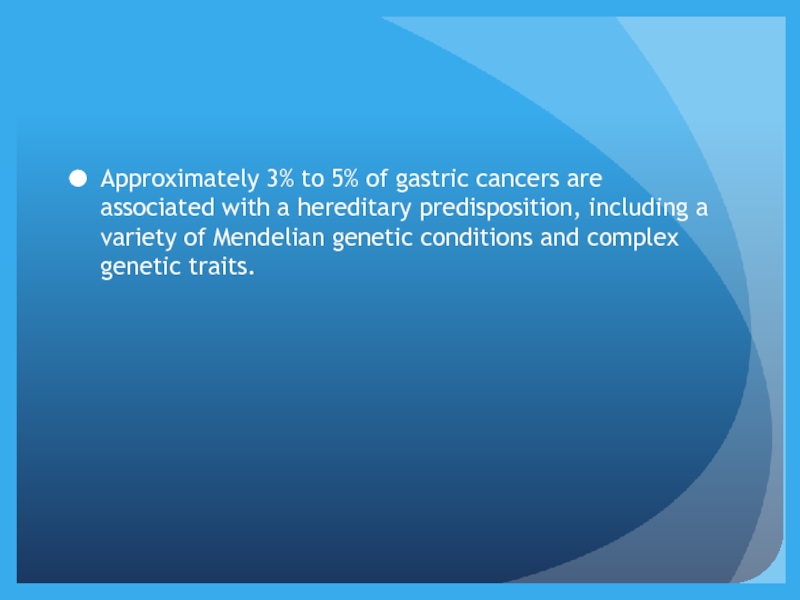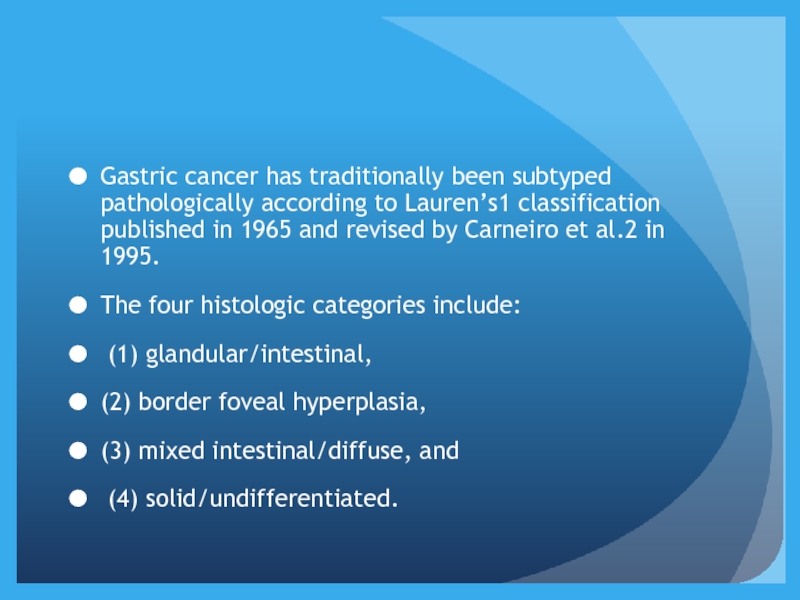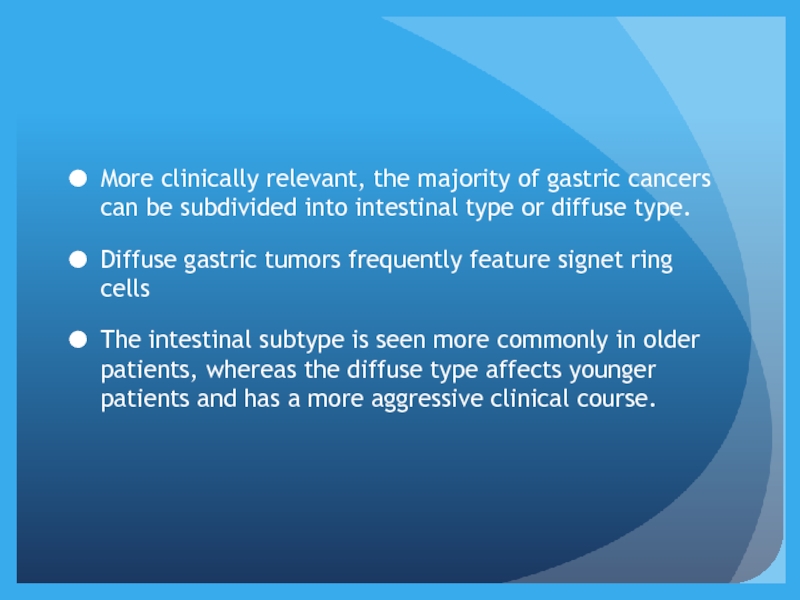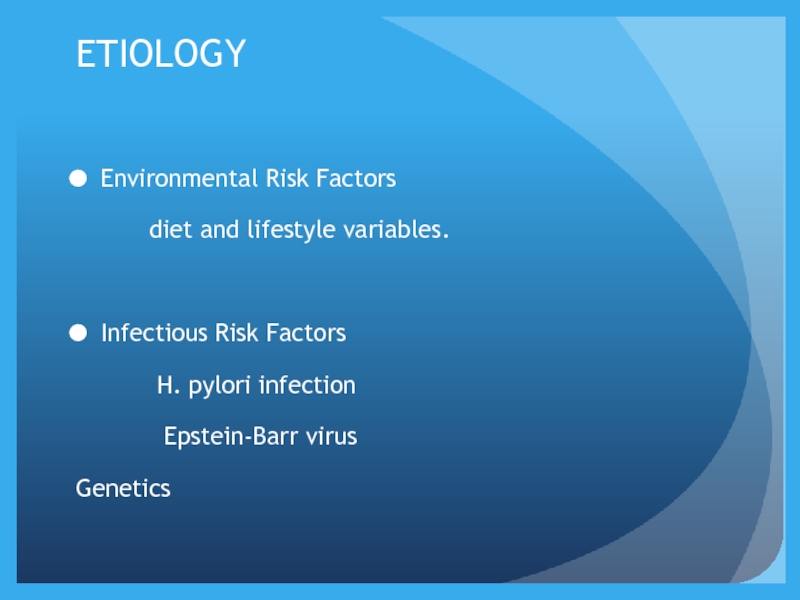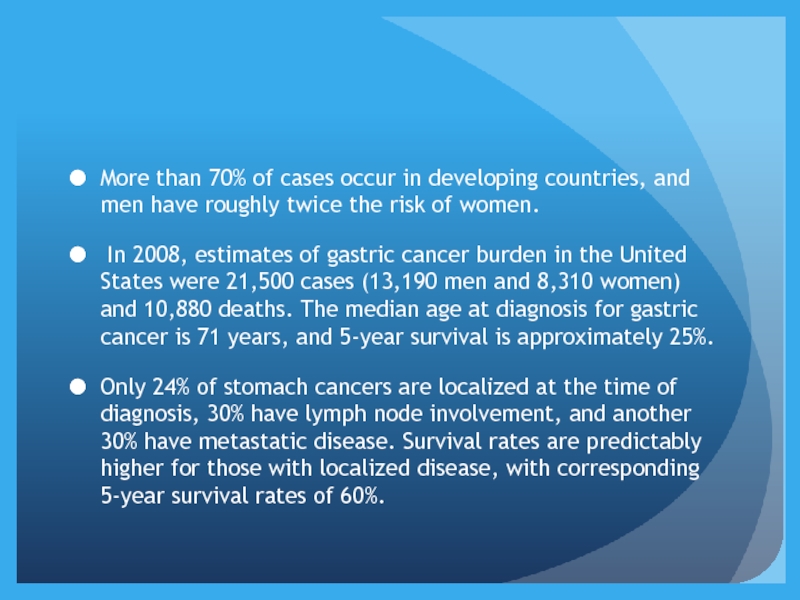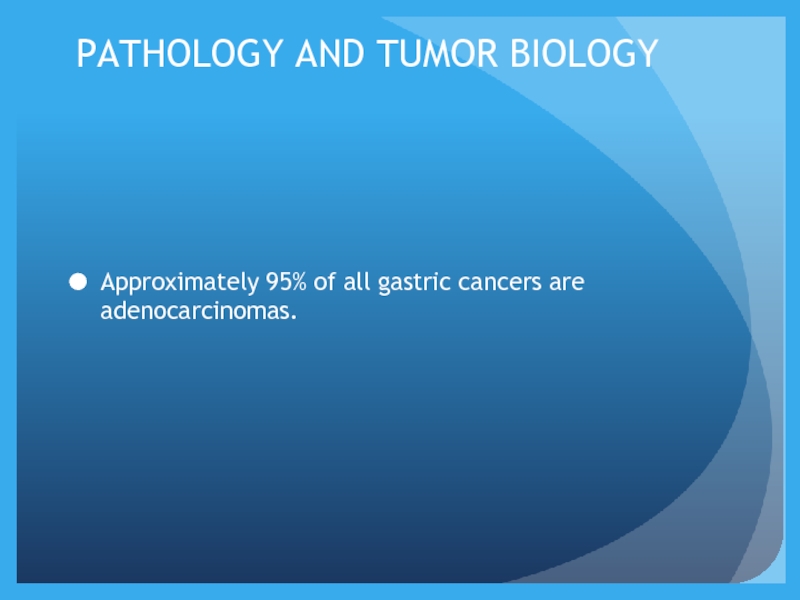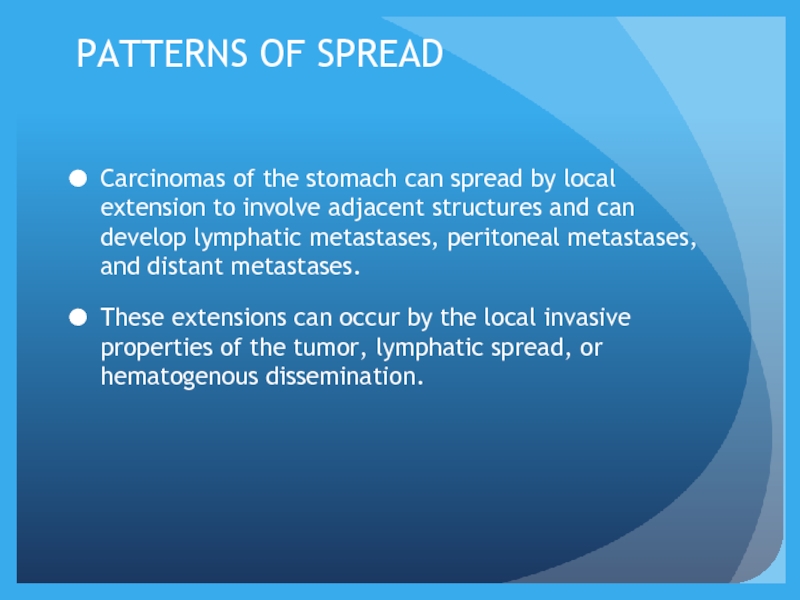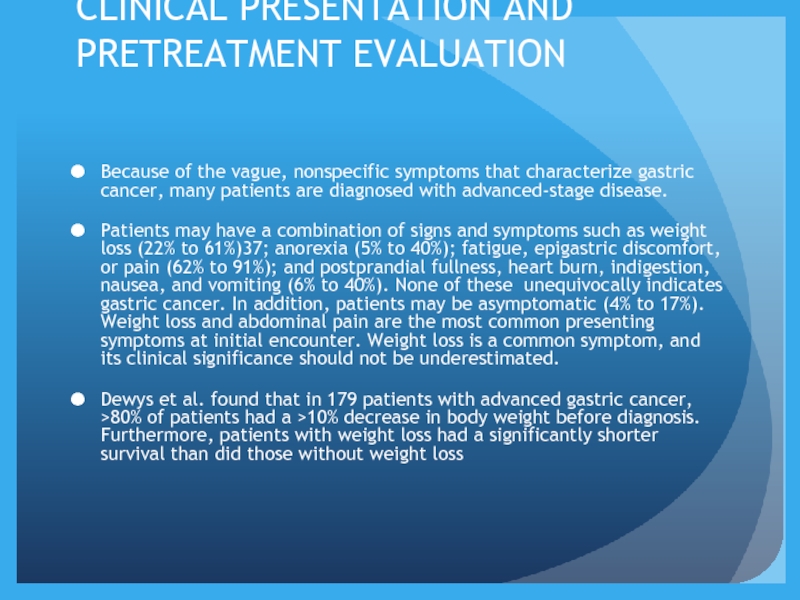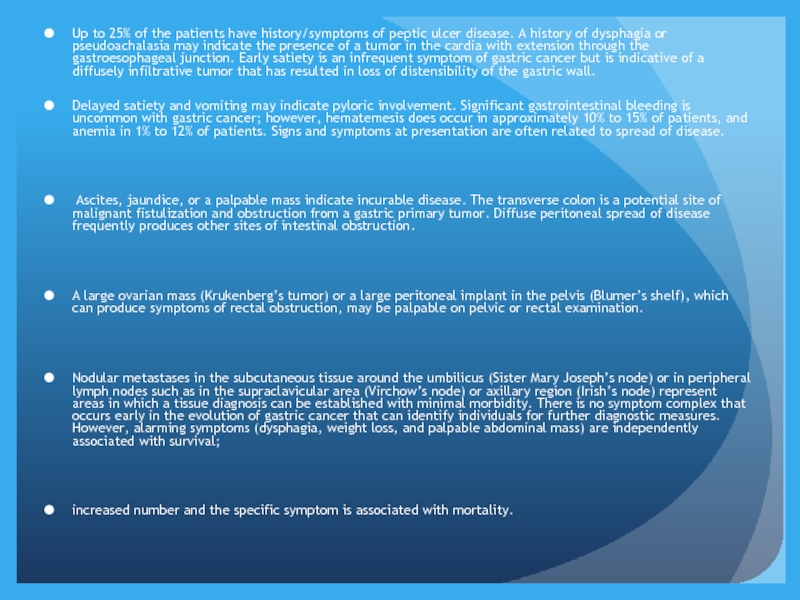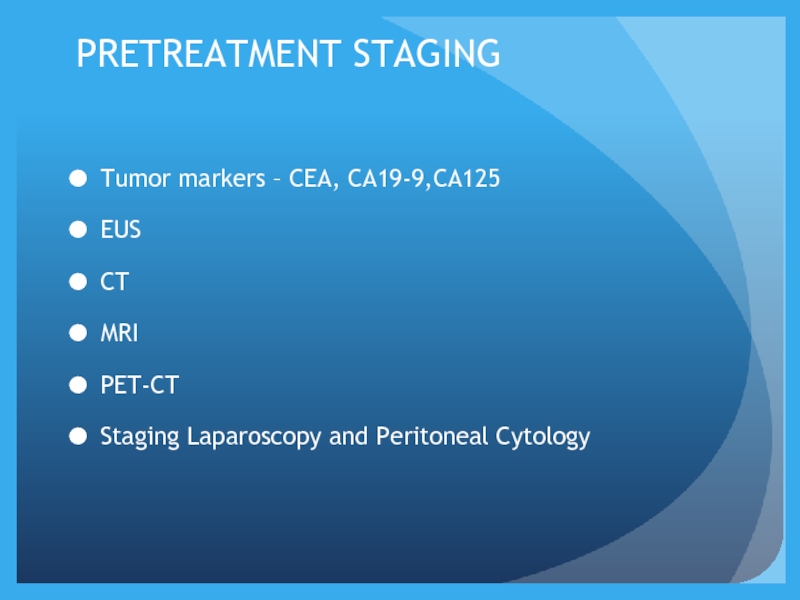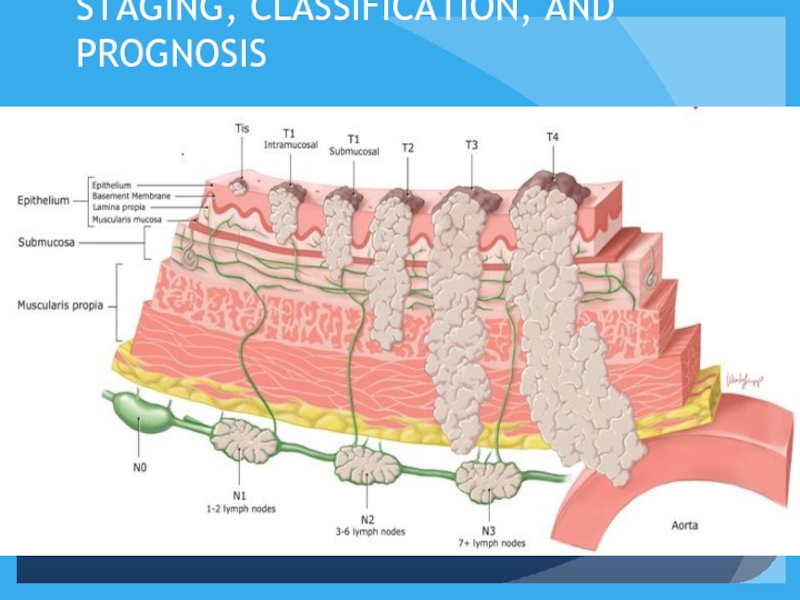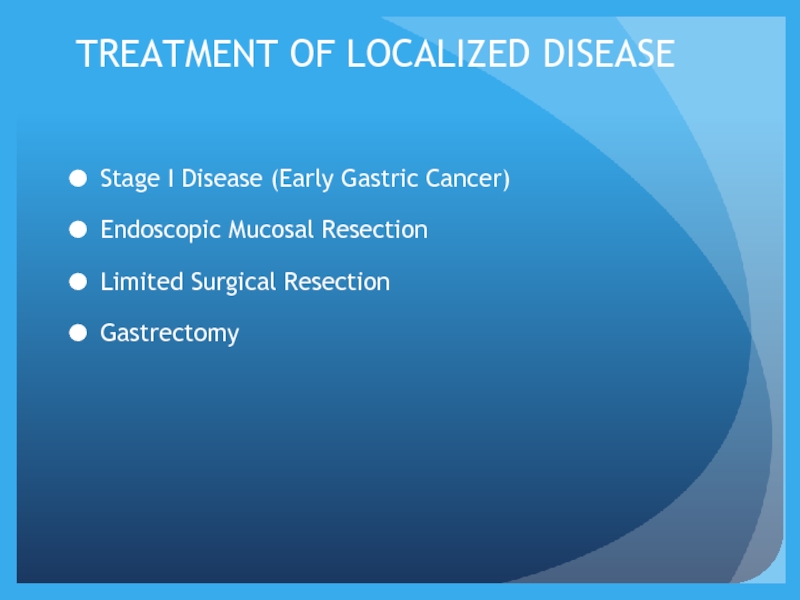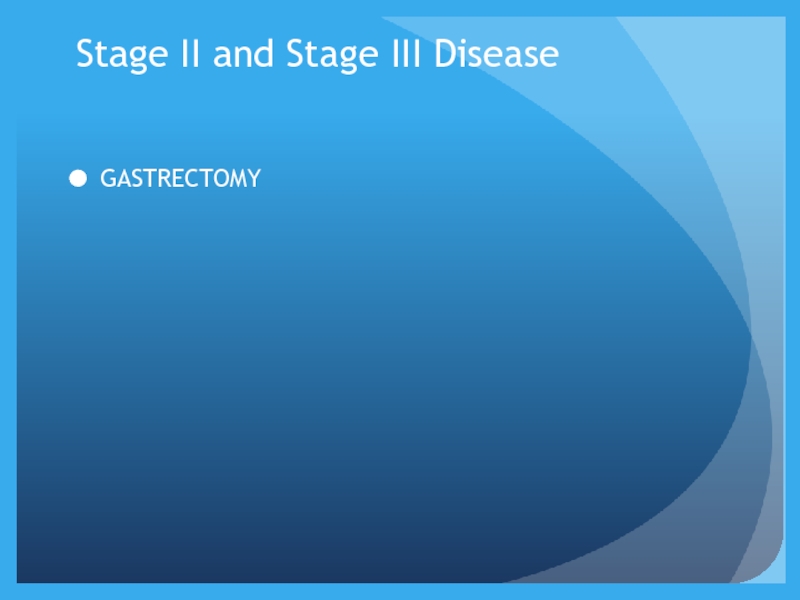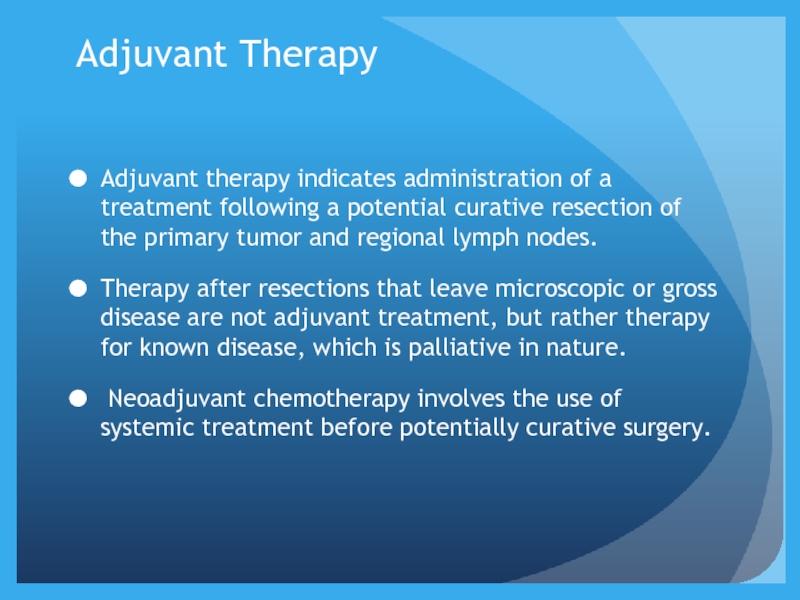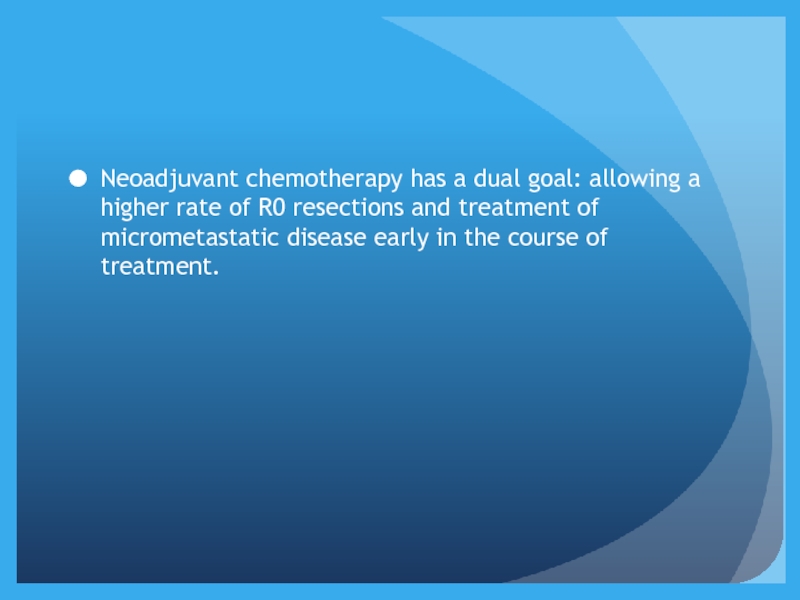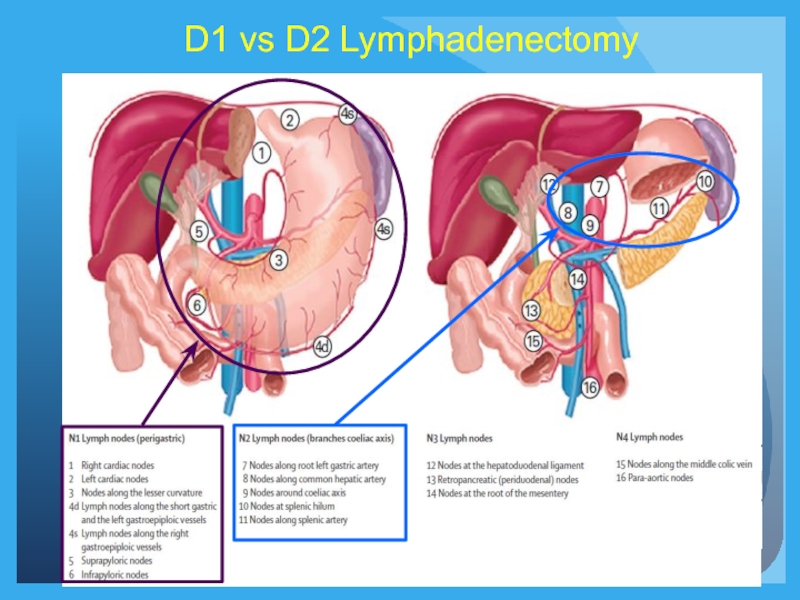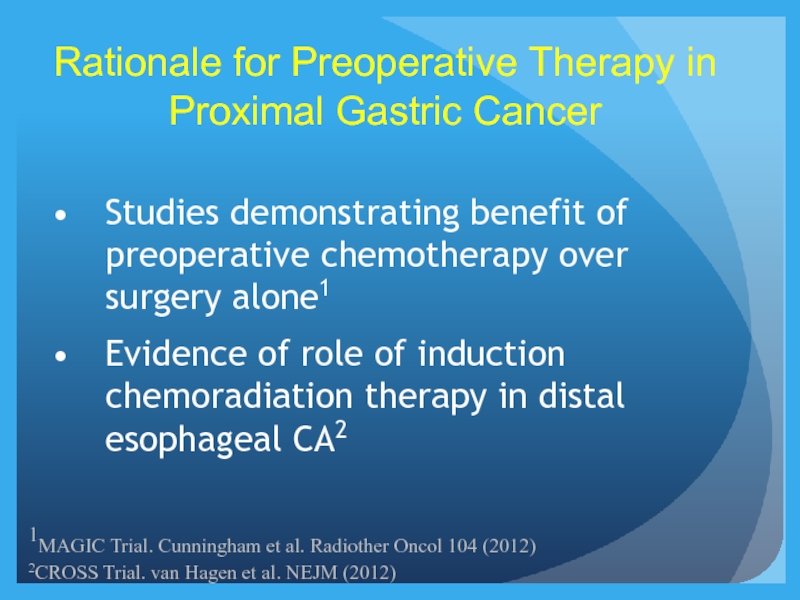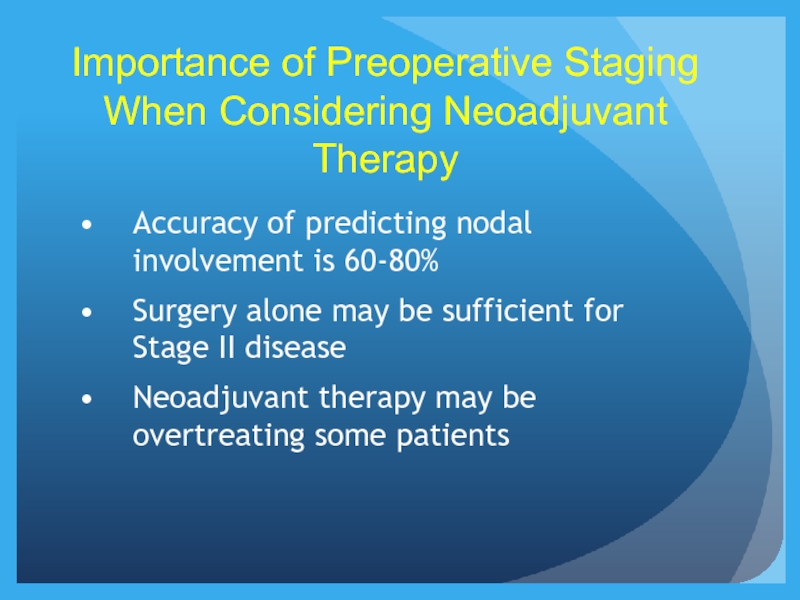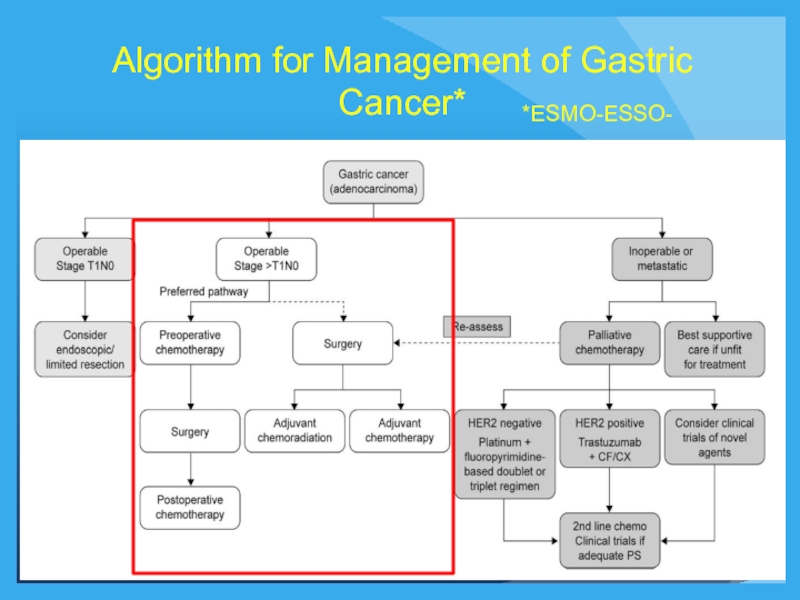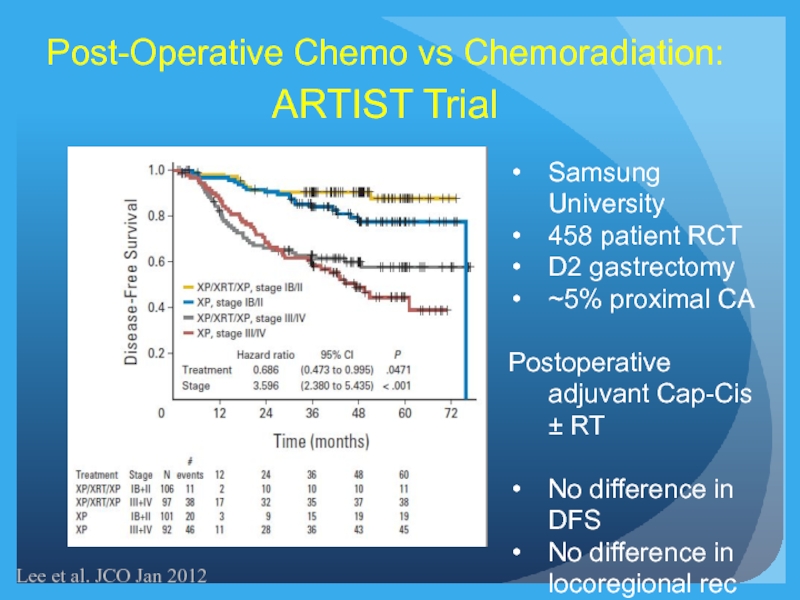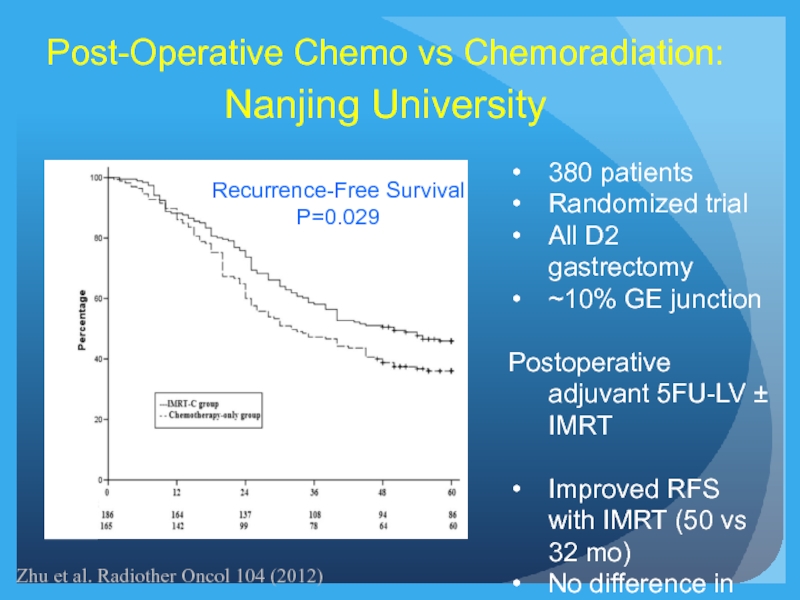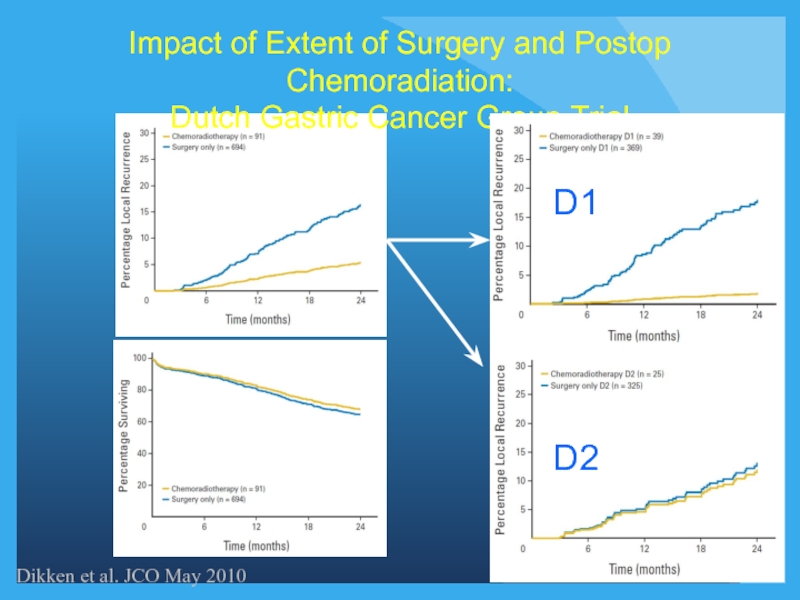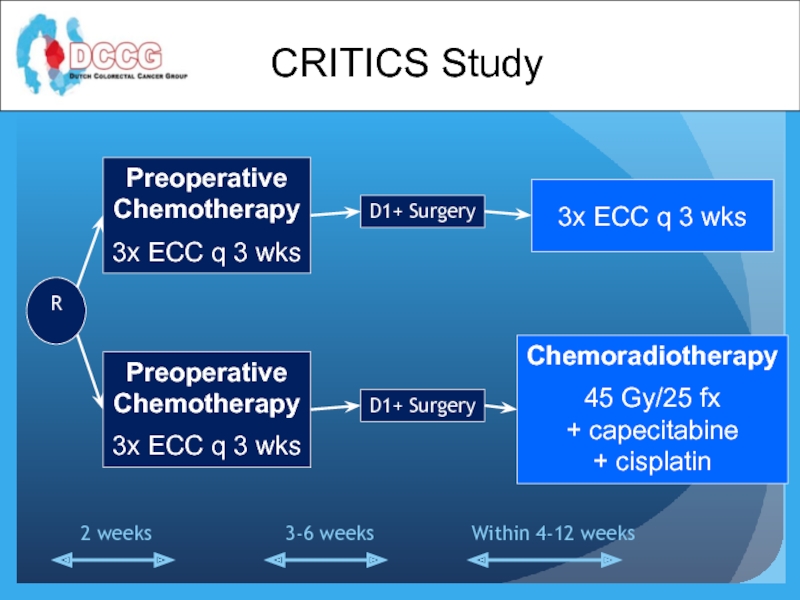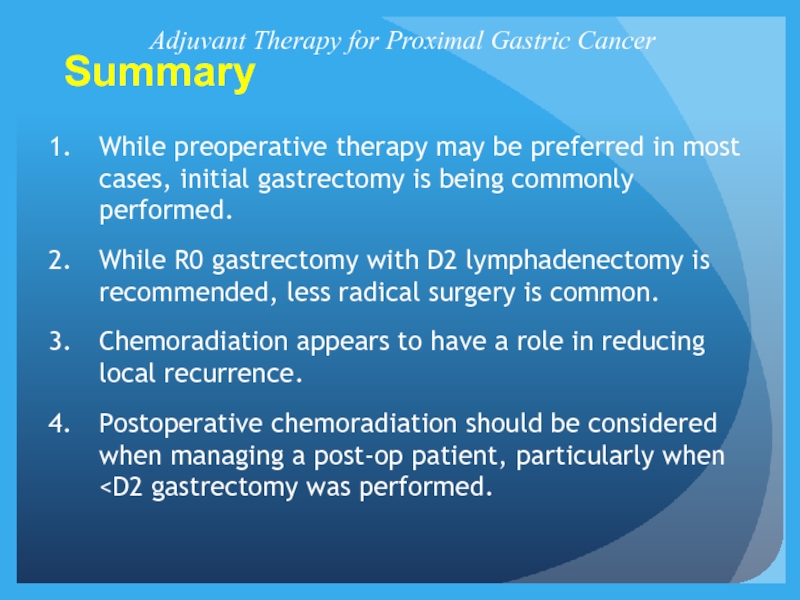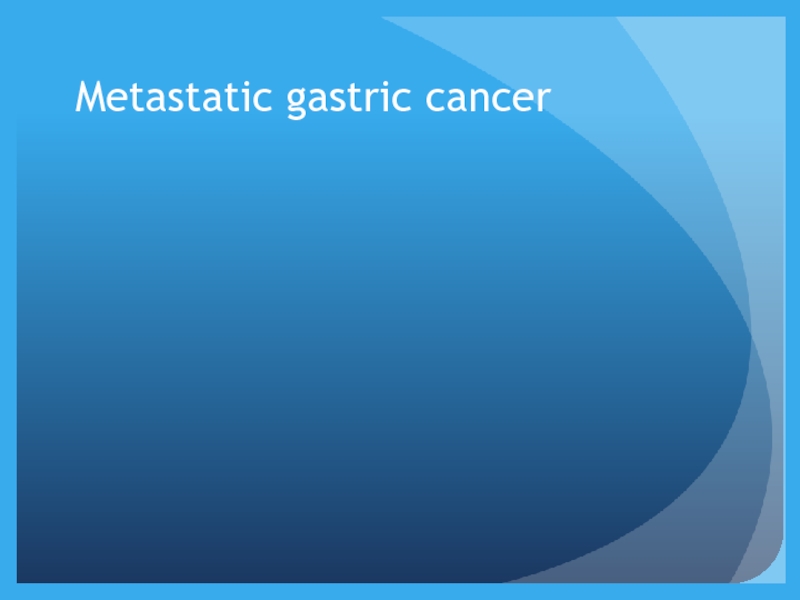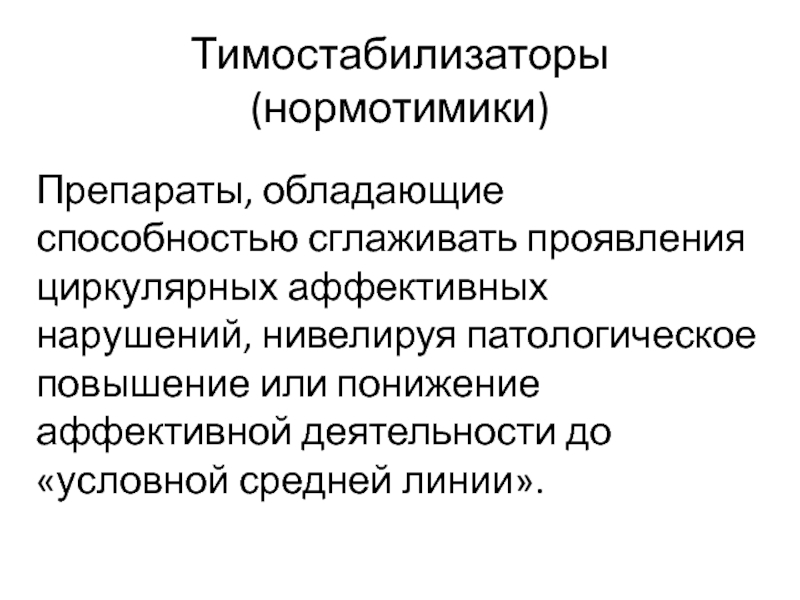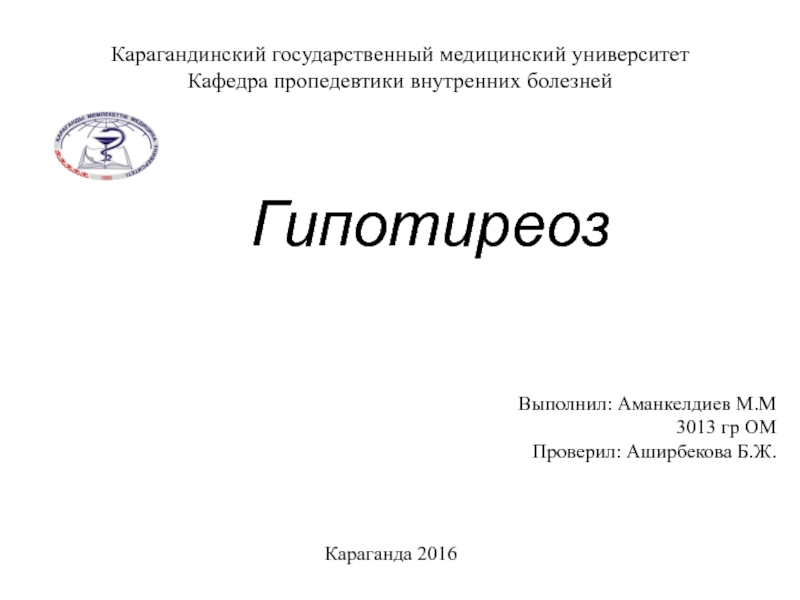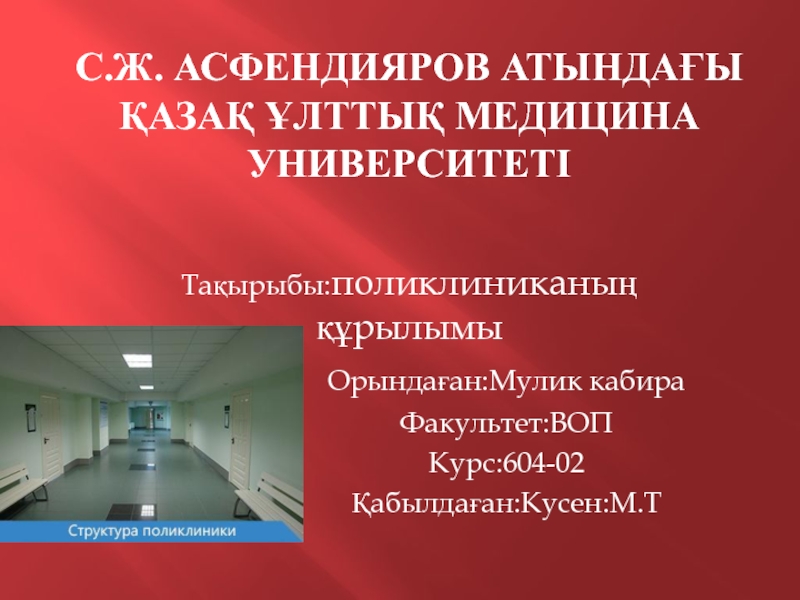- Главная
- Разное
- Дизайн
- Бизнес и предпринимательство
- Аналитика
- Образование
- Развлечения
- Красота и здоровье
- Финансы
- Государство
- Путешествия
- Спорт
- Недвижимость
- Армия
- Графика
- Культурология
- Еда и кулинария
- Лингвистика
- Английский язык
- Астрономия
- Алгебра
- Биология
- География
- Детские презентации
- Информатика
- История
- Литература
- Маркетинг
- Математика
- Медицина
- Менеджмент
- Музыка
- МХК
- Немецкий язык
- ОБЖ
- Обществознание
- Окружающий мир
- Педагогика
- Русский язык
- Технология
- Физика
- Философия
- Химия
- Шаблоны, картинки для презентаций
- Экология
- Экономика
- Юриспруденция
Gastric cancer презентация
Содержание
- 1. Gastric cancer
- 2. Gastric cancer encompasses a heterogeneous collection
- 3. Approximately 3% to 5% of gastric
- 4. Gastric cancer has traditionally been subtyped
- 5. More clinically relevant, the majority of
- 6. ETIOLOGY Environmental Risk Factors
- 7. More than 70% of cases occur
- 8. PATHOLOGY AND TUMOR BIOLOGY
- 9. PATTERNS OF SPREAD Carcinomas of
- 10. CLINICAL PRESENTATION AND PRETREATMENT EVALUATION
- 11. Up to 25% of the patients
- 12. PRETREATMENT STAGING Tumor markers –
- 13. STAGING, CLASSIFICATION, AND PROGNOSIS
- 14. TREATMENT OF LOCALIZED DISEASE Stage
- 15. Stage II and Stage III Disease GASTRECTOMY
- 16. Adjuvant Therapy Adjuvant therapy indicates
- 17. There are several theoretical reasons for
- 18. Neoadjuvant chemotherapy has a dual goal:
- 19. D1 vs D2 Lymphadenectomy
- 20. Rationale for Preoperative Therapy in Proximal Gastric
- 21. Importance of Preoperative Staging When Considering Neoadjuvant
- 22. Rationale for Up Front Surgery in Patients
- 23. Algorithm for Management of Gastric Cancer* *ESMO-ESSO-
- 24. Post-Operative Chemo vs Chemoradiation: ARTIST Trial Lee
- 25. Recurrence-Free Survival P=0.029 Post-Operative Chemo vs Chemoradiation:
- 26. Impact of Extent of Surgery and Postop
- 27. MacDonald et al. NEJM 2001 Chemoradiation After
- 28. Preoperative Chemotherapy 3x ECC q
- 29. Summary Adjuvant Therapy for Proximal Gastric Cancer
- 30. Metastatic gastric cancer
Слайд 2
Gastric cancer encompasses a heterogeneous collection of etiologic and histologic subtypes
It is a global public health concern, accounting for 700,000 annual deaths worldwide, and currently ranks as the fourth leading cause of cancer mortality, with a 5-year survival of only 20%.
The incidence and prevalence of gastric cancer vary widely, with Asian/Pacific regions bearing the highest rates of disease.
Слайд 3
Approximately 3% to 5% of gastric cancers are associated with a
Слайд 4
Gastric cancer has traditionally been subtyped pathologically according to Lauren’s1 classification
The four histologic categories include:
(1) glandular/intestinal,
(2) border foveal hyperplasia,
(3) mixed intestinal/diffuse, and
(4) solid/undifferentiated.
Слайд 5
More clinically relevant, the majority of gastric cancers can be subdivided
Diffuse gastric tumors frequently feature signet ring cells
The intestinal subtype is seen more commonly in older patients, whereas the diffuse type affects younger patients and has a more aggressive clinical course.
Слайд 6ETIOLOGY
Environmental Risk Factors
diet and
Infectious Risk Factors
H. pylori infection
Epstein-Barr virus
Genetics
Слайд 7
More than 70% of cases occur in developing countries, and men
In 2008, estimates of gastric cancer burden in the United States were 21,500 cases (13,190 men and 8,310 women) and 10,880 deaths. The median age at diagnosis for gastric cancer is 71 years, and 5-year survival is approximately 25%.
Only 24% of stomach cancers are localized at the time of diagnosis, 30% have lymph node involvement, and another 30% have metastatic disease. Survival rates are predictably higher for those with localized disease, with corresponding 5-year survival rates of 60%.
Слайд 9PATTERNS OF SPREAD
Carcinomas of the stomach can spread by local
These extensions can occur by the local invasive properties of the tumor, lymphatic spread, or hematogenous dissemination.
Слайд 10CLINICAL PRESENTATION AND PRETREATMENT EVALUATION
Because of the vague, nonspecific symptoms
Patients may have a combination of signs and symptoms such as weight loss (22% to 61%)37; anorexia (5% to 40%); fatigue, epigastric discomfort, or pain (62% to 91%); and postprandial fullness, heart burn, indigestion, nausea, and vomiting (6% to 40%). None of these unequivocally indicates gastric cancer. In addition, patients may be asymptomatic (4% to 17%). Weight loss and abdominal pain are the most common presenting symptoms at initial encounter. Weight loss is a common symptom, and its clinical significance should not be underestimated.
Dewys et al. found that in 179 patients with advanced gastric cancer, >80% of patients had a >10% decrease in body weight before diagnosis. Furthermore, patients with weight loss had a significantly shorter survival than did those without weight loss
Слайд 11
Up to 25% of the patients have history/symptoms of peptic ulcer
Delayed satiety and vomiting may indicate pyloric involvement. Significant gastrointestinal bleeding is uncommon with gastric cancer; however, hematemesis does occur in approximately 10% to 15% of patients, and anemia in 1% to 12% of patients. Signs and symptoms at presentation are often related to spread of disease.
Ascites, jaundice, or a palpable mass indicate incurable disease. The transverse colon is a potential site of malignant fistulization and obstruction from a gastric primary tumor. Diffuse peritoneal spread of disease frequently produces other sites of intestinal obstruction.
A large ovarian mass (Krukenberg’s tumor) or a large peritoneal implant in the pelvis (Blumer’s shelf), which can produce symptoms of rectal obstruction, may be palpable on pelvic or rectal examination.
Nodular metastases in the subcutaneous tissue around the umbilicus (Sister Mary Joseph’s node) or in peripheral lymph nodes such as in the supraclavicular area (Virchow’s node) or axillary region (Irish’s node) represent areas in which a tissue diagnosis can be established with minimal morbidity. There is no symptom complex that occurs early in the evolution of gastric cancer that can identify individuals for further diagnostic measures. However, alarming symptoms (dysphagia, weight loss, and palpable abdominal mass) are independently associated with survival;
increased number and the specific symptom is associated with mortality.
Слайд 12PRETREATMENT STAGING
Tumor markers – CEA, CA19-9,CA125
EUS
CT
MRI
PET-CT
Staging Laparoscopy and Peritoneal Cytology
Слайд 14TREATMENT OF LOCALIZED DISEASE
Stage I Disease (Early Gastric Cancer)
Endoscopic
Limited Surgical Resection
Gastrectomy
Слайд 16Adjuvant Therapy
Adjuvant therapy indicates administration of a treatment following a
Therapy after resections that leave microscopic or gross disease are not adjuvant treatment, but rather therapy for known disease, which is palliative in nature.
Neoadjuvant chemotherapy involves the use of systemic treatment before potentially curative surgery.
Слайд 17
There are several theoretical reasons for beginning adjuvant therapy soon after
Perioperative or neoadjuvant chemotherapy has been studied because the ability to perform a R0 resection in gastric cancer is difficult. In addition, a substantial number of patients undergoing gastrectomy have prolonged recovery.
Слайд 18
Neoadjuvant chemotherapy has a dual goal: allowing a higher rate of
Слайд 20Rationale for Preoperative Therapy in Proximal Gastric Cancer
Studies demonstrating benefit
Evidence of role of induction chemoradiation therapy in distal esophageal CA2
1MAGIC Trial. Cunningham et al. Radiother Oncol 104 (2012)
2CROSS Trial. van Hagen et al. NEJM (2012)
Слайд 21Importance of Preoperative Staging When Considering Neoadjuvant Therapy
Accuracy of predicting nodal
Surgery alone may be sufficient for Stage II disease
Neoadjuvant therapy may be overtreating some patients
Слайд 22Rationale for Up Front Surgery in Patients With Gastric Cancer
Pathologic
Symptomatic patients may require initial surgery.
In reality, gastrectomy is often performed before MDT consultation.
Слайд 24Post-Operative Chemo vs Chemoradiation:
ARTIST Trial
Lee et al. JCO Jan 2012
Samsung University
458
D2 gastrectomy
~5% proximal CA
Postoperative adjuvant Cap-Cis ± RT
No difference in DFS
No difference in locoregional rec
Слайд 25Recurrence-Free Survival
P=0.029
Post-Operative Chemo vs Chemoradiation:
Nanjing University
380 patients
Randomized trial
All D2 gastrectomy
~10% GE
Postoperative adjuvant 5FU-LV ± IMRT
Improved RFS with IMRT (50 vs 32 mo)
No difference in OS
Zhu et al. Radiother Oncol 104 (2012)
Слайд 26Impact of Extent of Surgery and Postop Chemoradiation:
Dutch Gastric Cancer Group
Dikken et al. JCO May 2010
Слайд 27MacDonald et al. NEJM 2001
Chemoradiation After Surgery Versus Surgery Alone for
20% GE Junction
Criticized for inadequate surgical radicality
Слайд 28
Preoperative
Chemotherapy
3x ECC q 3 wks
Preoperative
Chemotherapy
3x ECC q 3 wks
D1+ Surgery
D1+ Surgery
3x
Chemoradiotherapy
45 Gy/25 fx
+ capecitabine
+ cisplatin
R
Within 4-12 weeks
3-6 weeks
2 weeks
CRITICS Study
Слайд 29Summary
Adjuvant Therapy for Proximal Gastric Cancer
While preoperative therapy may be preferred
While R0 gastrectomy with D2 lymphadenectomy is recommended, less radical surgery is common.
Chemoradiation appears to have a role in reducing local recurrence.
Postoperative chemoradiation should be considered when managing a post-op patient, particularly when
